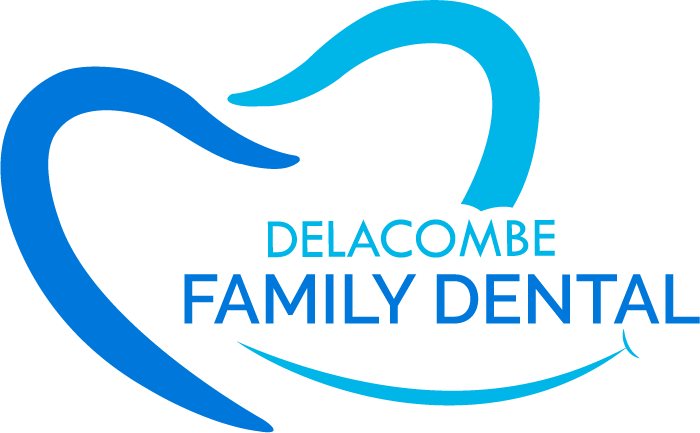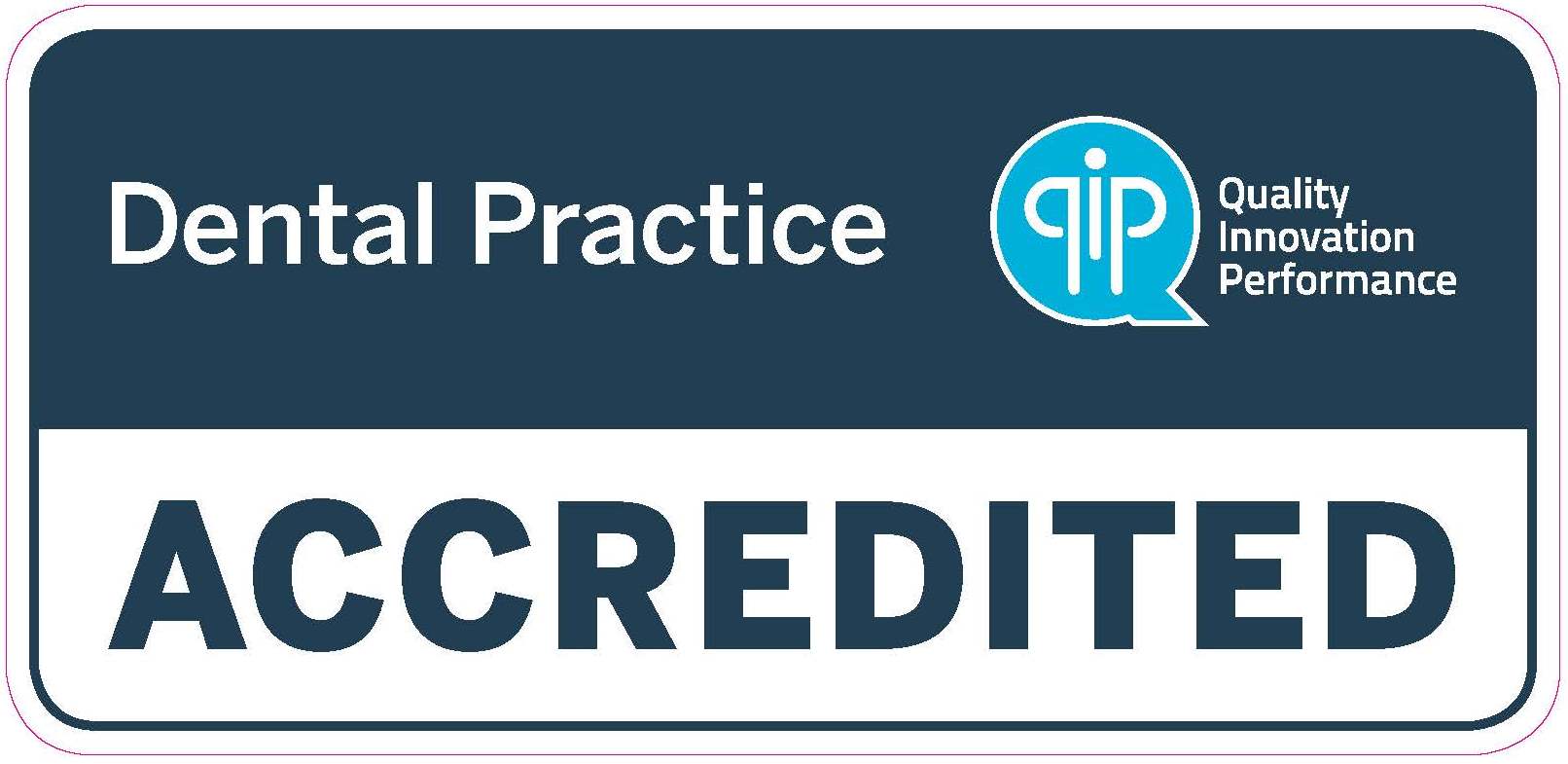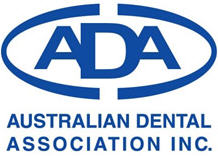When you’re considering a full smile restoration, the first question on everyone's mind is usually about the cost. It’s a significant investment, after all. In Australia, a complete jaw restoration with dental implants typically ranges from $25,000 to $35,000 per arch. While that number might seem daunting at first, it represents a permanent, life-changing solution for missing teeth.
Your Guide to Full Mouth Dental Implant Costs

Starting the journey to a full mouth restoration can feel a bit overwhelming, especially when you see the initial figures. It helps to think of it not as a cost, but as a long-term investment in your health, your confidence, and your overall quality of life.
Unlike temporary fixes that need replacing, full mouth implants are designed to look, feel, and function just like your natural teeth. They offer incredible stability and, just as importantly, help prevent the jawbone deterioration that happens when teeth are lost.
Here in Australia, the price for a full set of teeth using popular methods like the All-on-4 or All-on-6 dental implant system generally sits between $25,000 and $32,500 per jaw. In some major cities, you might see quotes up to $35,000 per arch, particularly for more complex cases or when premium materials are used.
Comparing Your Options at a Glance
To make things a little clearer from the get-go, it’s useful to see how the different full-mouth solutions stack up against each other in terms of price. This table gives you a quick snapshot of the typical investment for the most common treatments available in Australia. For a wider view on pricing, some people even research the cost of a full mouth of dental implants in Tijuana to understand global differences.
Estimated Costs for Full Mouth Tooth Replacement in Australia (Per Jaw)
| Replacement Option | Average Cost Range (Per Jaw) | Key Feature |
|---|---|---|
| All-on-4® / All-on-6® | $25,000 – $35,000 | A permanent, fixed bridge of teeth. |
| Implant-Supported Denture | $15,000 – $25,000 | A stable, removable denture that clips on. |
| Traditional Denture | $2,500 – $4,000 | The most affordable but least stable option. |
These figures are a great starting point, but remember, the final price really depends on your individual situation. For more specific local information, you can read our guide on https://delacombefamilydental.com.au/how-much-do-full-dental-implants-cost-in-ballarat-australia/.
Key factors that influence the final cost include the materials used for your new teeth, the dentist's experience, and whether you need any extra procedures first, like tooth extractions or bone grafting. We'll dive deeper into what makes up these costs in the following sections.
What Is Included in Your Full Mouth Implant Quote
That first glance at a quote for a full mouth restoration can be a bit of a shock. It’s a big number, and it's completely normal to ask, "What on earth am I actually paying for?" Let's break down the dental implants entire mouth cost to demystify that figure and show you the incredible value packed inside.
Think of it like building a custom home. The final price isn't just for the finished house; it’s for the foundation, the framework, the roofing, and all the high-quality finishes. A full mouth implant solution works in much the same way, with several crucial components coming together to create your new, permanent smile.
Each piece has a specific job, from the hidden foundation in your jaw to the beautiful teeth everyone will see. Understanding these parts helps you appreciate the skill and technology that goes into the process.
The Core Components of Your New Smile
When you look at your quote, it generally covers three main categories of physical parts. These are the literal building blocks of your brand-new, functional set of teeth.
-
The Dental Implants: These are tiny, screw-like posts, almost always made from medical-grade titanium. They're surgically placed into your jawbone to act as an unshakeable foundation for your new teeth. Like the footings of a house, they provide all the strength and stability by fusing directly with the bone in a process called osseointegration.
-
The Abutments: If the implants are the foundation, think of the abutments as the framework built on top. These are small connectors that are attached to the implants once they've healed. They sit right at the gum line, creating a solid anchor point to secure your final set of teeth.
-
The Prosthetic Bridge or Denture: This is the beautiful, finished "house" that you and everyone else will see. It's the full arch of custom-made teeth, carefully crafted from materials like zirconia or acrylic to look and feel completely natural. This bridge is then securely attached to the abutments, completing your smile transformation.
This infographic gives you a good idea of how these core components typically break down as a percentage of the total cost.
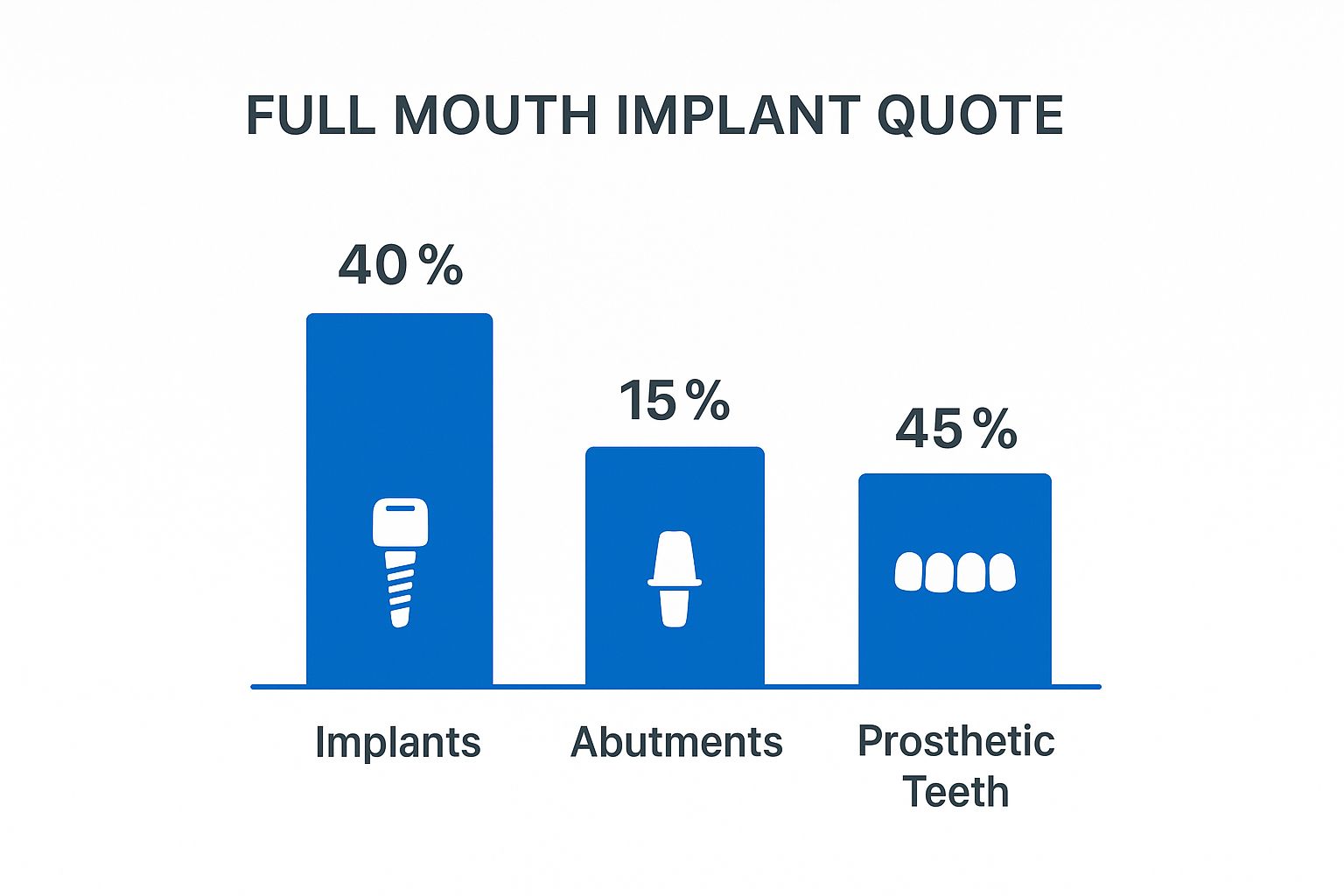
As you can see, the parts you see (the prosthetic teeth) and the parts you don't (the implants) make up the biggest slice of the material costs.
Surgical Expertise and Lab Fees
Beyond the physical hardware, a huge part of the cost covers the highly specialised skill and expertise required. This isn't a simple procedure; it's a complex surgical and restorative process that takes years of dedicated training to master.
Your quote is a comprehensive package that covers not just the materials, but the entire journey. This includes the surgical skill, advanced technology, and artistic craftsmanship needed to create a durable, natural-looking smile that lasts for decades.
This part of the fee usually includes:
- Surgeon’s Fees: This covers the time, precision, and extensive experience of the dental surgeon placing your implants.
- Prosthodontist's Fees: This is for the specialist who designs, fits, and perfects your final bridge of teeth, ensuring the bite and look are just right.
- Laboratory Costs: Your new teeth don't come off a shelf. They are custom-fabricated in a dental lab by skilled technicians using advanced digital scanning and milling technology.
- Anaesthesia and Sedation: The cost of keeping you completely comfortable and pain-free during surgery.
- Follow-Up Appointments: Post-operative check-ups and adjustments are vital to make sure everything is healing perfectly and functioning as it should.
What Is Often Not Included in the Initial Quote
It's just as important to understand what might be billed separately. These are often preparatory procedures needed to get your jaw ready for the implants.
These can include:
- Initial Consultation and 3D Scans: Detailed CBCT scans are absolutely essential for meticulous surgical planning.
- Tooth Extractions: Any remaining failing teeth need to be removed before the implants can be placed.
- Bone Grafting or Sinus Lifts: If you’ve experienced bone loss over the years, these procedures might be necessary to build a strong enough foundation for the implants to succeed.
Always ask your dentist for an all-inclusive quote that clearly outlines every potential cost from start to finish. This gives you complete transparency and helps you avoid any nasty financial surprises down the track.
Comparing Your Full Arch Implant Options
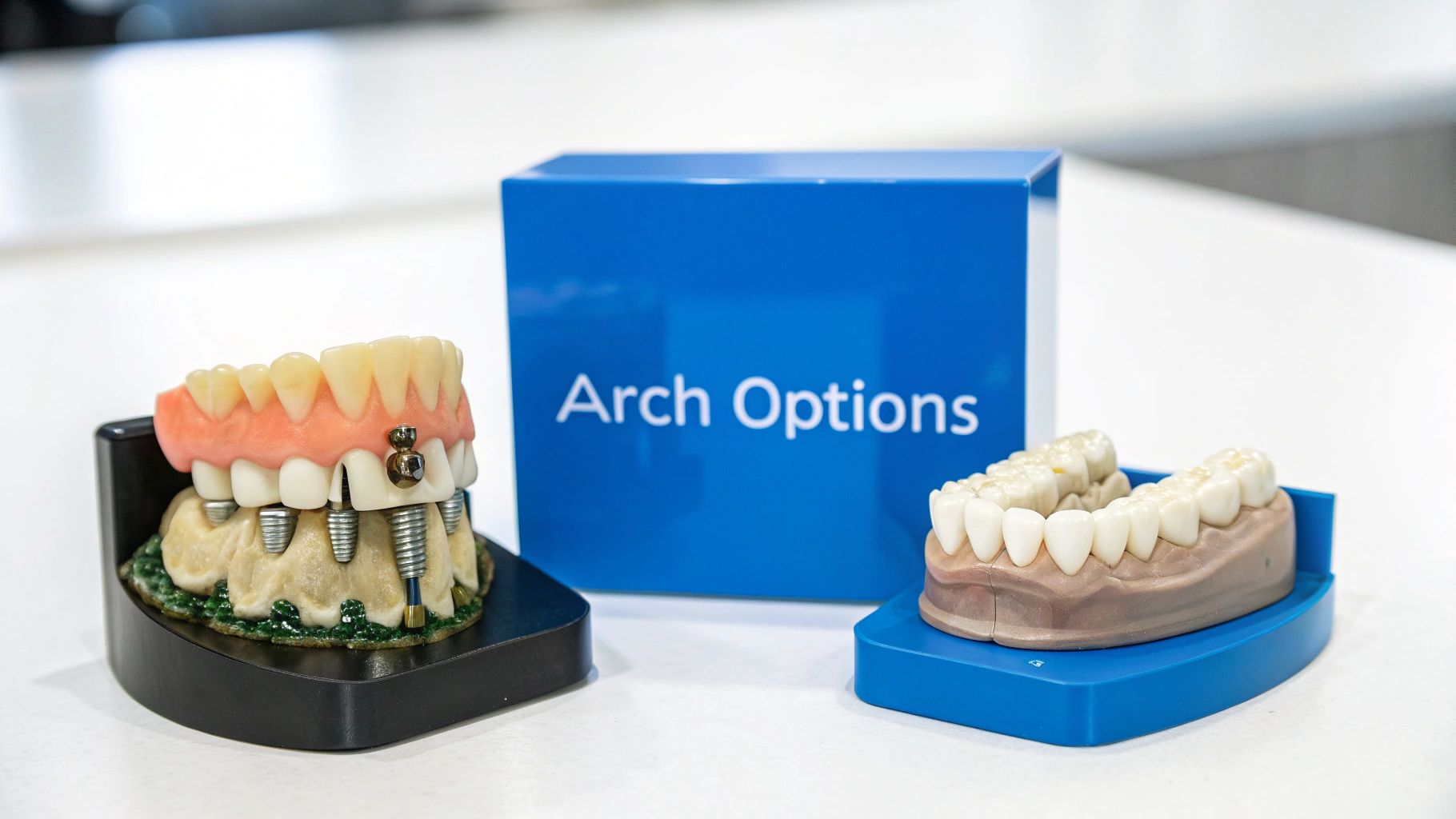
When you’re looking to replace a full arch of teeth, you’re essentially at a crossroads with two fantastic paths leading to a complete, confident smile. Getting your head around the key differences is crucial for picking the solution that truly fits your lifestyle, expectations, and budget for the long haul.
At its core, the decision boils down to one thing: do you want a fixed, permanent set of teeth, or a highly stable set that you can remove?
Think of it like building a deck. You could build a permanent, solid timber deck that’s screwed and bolted right into the foundations of your house. Or, you could opt for high-quality composite decking tiles that click together securely, look amazing, but could technically be pulled up if you ever needed to. Both are great options, but they serve different purposes and come with different price tags.
It’s the same in dentistry. We have the "gold standard" fixed bridge and the incredibly versatile implant-supported denture. Let’s break down what really sets them apart.
The All-on-4 Fixed Bridge: The Permanent Solution
The All-on-4 (or sometimes All-on-6) system is that solid timber deck. It’s a full, custom-crafted bridge of teeth that we permanently secure onto four to six dental implants that have been strategically placed in your jaw. Once it’s in, only your dentist can remove it.
This option is engineered to look, feel, and function just like a healthy set of natural teeth. There's nothing covering the roof of your mouth, you don't take anything out at night, and you just brush and floss like you normally would. You can eat what you want and smile without a second thought, knowing everything is completely secure. The dental implants entire mouth cost for this premium solution reflects that seamless, life-like result.
Implant-Supported Dentures: The Stable, Removable Alternative
The other path is an implant-supported denture, often called an overdenture. This is your high-end composite decking. It represents a massive leap forward in stability and comfort from old-school dentures, but it's still a removable appliance.
With this approach, we place fewer implants (usually two to four per arch), and then your new denture is made with special attachments that "snap" or "clip" firmly onto them. This connection is what stops the slipping, rubbing, and general discomfort that people hate about traditional dentures. You get a huge boost in chewing power and confidence, but you do need to take the denture out each day for cleaning.
It’s a brilliant middle-ground for anyone needing a missing teeth replacement who wants the security of implants without the cost of a fully fixed bridge.
The real difference comes down to permanence. An All-on-4 bridge truly becomes a part of you. An implant-supported denture is a state-of-the-art appliance that you wear.
A Head-to-Head Comparison
Choosing between these two excellent options really means weighing up what matters most to you in terms of daily convenience, how the teeth will feel long-term, and of course, the overall investment. The right choice is different for everyone.
To make it a bit clearer, here's a direct comparison of the two main full-arch implant options.
Comparing All-on-4 Fixed Bridges vs Implant-Supported Dentures
This table breaks down the key differences to help you see which option might be a better fit for your personal needs and goals.
| Feature | All-on-4 / All-on-6 (Fixed) | Implant-Supported Dentures (Removable) |
|---|---|---|
| Feel and Function | Feels and functions like natural teeth. No palate coverage, which enhances taste and sensation. | Far more stable than traditional dentures but still feels like a prosthetic. The upper denture may cover the palate. |
| Daily Maintenance | You clean it by brushing and flossing in your mouth, just like natural teeth. Requires good daily hygiene. | Must be removed every day to clean both the denture and the implants and gums underneath. |
| Chewing Power | Restores 90% or more of your natural chewing ability, letting you eat steak or apples with total confidence. | Restores 60-75% of chewing ability. A huge improvement over regular dentures, but less than fixed options. |
| Bone Preservation | Provides excellent stimulation to the jawbone across the whole arch, helping to prevent future bone loss. | Only stimulates the bone right around the implant sites, not across the full jaw. |
| Upfront Investment | The highest initial cost due to the complexity, premium materials, and permanent nature of the treatment. | A more moderate upfront cost, making it a more accessible way to get the benefits of implant stability. |
| Long-Term Costs | The prosthetic bridge itself may need replacing every 15-20 years, which is a significant future expense. | The denture's clips and attachments will need periodic replacement, and the denture itself may need relining or replacing every 5-10 years. |
Ultimately, deciding between a fixed bridge and a removable overdenture is a major step in your journey back to a full smile. The best thing you can do is have an open chat with your dentist about your lifestyle, budget, and what you hope to achieve. That’s how you’ll land on the solution that will bring you the most comfort and happiness for years to come.
How Extra Procedures Can Affect Your Final Bill
When you receive a quote for a full-mouth restoration, it usually covers the big-ticket items: the implants themselves and the final set of teeth. But that initial price often works on the assumption that your jaw is a perfect, ready-to-go canvas for the surgery.
The reality for many people is that some prep work is needed first. It’s a bit like renovating a room – you can't just slap on a new coat of paint without patching the cracks and sanding the walls. These extra steps are absolutely vital for making sure your implants have a strong, healthy foundation to last a lifetime.
While they do add to the total dental implants entire mouth cost, skipping them is like building a house on a dodgy foundation. It's a shortcut that just isn't worth the risk. Let's break down the most common procedures you might need before the main event.
Tooth Extractions
First things first: any teeth that are failing, badly broken, or decayed beyond repair have to come out. This clears the deck, giving your surgeon a clean, healthy slate to work with for placing the new implants.
The price for extractions in Australia really depends on how tricky the tooth is to remove.
- Simple Extractions: If a tooth is intact and easy to get to, you’re typically looking at $150 to $300 per tooth.
- Surgical Extractions: For teeth broken off at the gum line or impacted (stuck in the jaw), the procedure is more involved. This requires a surgical approach and usually costs between $300 and $600 per tooth.
If you're having a whole arch of teeth removed, your dentist will almost always bundle this cost into your overall treatment package.
Bone Grafting for a Solid Foundation
This is probably the most common preparatory procedure we see. Once a tooth is gone, the jawbone underneath it stops getting the stimulation it needs from chewing. Over time, that bone starts to shrink away in a process called resorption. If you’ve had missing teeth for a while, there might not be enough bone left to securely hold an implant.
Bone grafting is the solution. Your surgeon adds new bone material—which can be synthetic, from a donor, or even from another part of your body—to rebuild the jaw's height and width. This creates the dense, solid base your implants need to fuse with properly.
A 3D cone-beam CT (CBCT) scan is the non-negotiable first step here. This detailed scan gives your dentist a crystal-clear picture of your bone density, allowing them to see exactly if, and how much, grafting you’ll need. It ensures your entire plan is based on solid data from day one.
The cost is directly tied to how much bone is needed. A small graft for just one implant might be around $500 to $1,200. But if you need to rebuild a large section of your jaw for a full set of teeth, the cost could be anywhere from $2,500 to $5,000, and sometimes more.
Sinus Lifts for the Upper Jaw
The upper back jaw has its own unique hurdle: the maxillary sinuses. These are just hollow, air-filled pockets sitting right above your molar teeth. When you lose those upper back teeth, the bone separating them from the sinus can become paper-thin, leaving no room to place an implant.
A sinus lift is a special type of bone graft specifically for this area. The surgeon gently lifts the membrane lining the sinus and packs bone graft material into the space created. This effectively grows new bone, giving the implant the vertical height it needs to be secure without poking through into the sinus.
It’s a more delicate surgery, and the cost in Australia generally falls between $2,000 and $4,500. The final price depends on the technique and the volume of bone required. Knowing about these potential extra steps gives you a much more realistic picture of your budget and shows why a thorough consultation is so important for getting a truly accurate quote.
Implants vs Dentures: A Long-Term Value Comparison
When you're looking at replacing a full arch of teeth, the initial sticker shock of dental implants can make traditional dentures seem like the only sensible choice. The upfront cost difference is, without a doubt, significant. But to really grasp the true value, you have to look past that first invoice and think about the lifetime cost of each solution.
Think of it like buying a major appliance for your home. You could go for the cheap, older model that saves you money today. But over the next decade, higher running costs and frequent repairs could easily make it the more expensive option. The same logic applies when comparing implants and dentures; it’s a marathon, not a sprint.
Traditional full dentures are still the most affordable way to replace an entire set of teeth in Australia. You’re typically looking at a cost between $2,500 and $4,000 per arch, which works out to be $5,000 to $8,000 for both upper and lower jaws. While that’s far less than an implant-supported solution, dentures come with ongoing maintenance, like relines or full replacements every 5–20 years. They also can’t match the chewing power or bone-preserving benefits of implants. You can find a deeper dive into denture pricing on haoeydental.com.au.
The Recurring Costs of Traditional Dentures
One thing people often forget is that dentures aren't a one-and-done purchase. They need consistent upkeep and, eventually, will need to be replaced entirely.
- Relines and Adjustments: Over time, your jawbone and gums naturally change shape. This causes your once-snug dentures to become loose and uncomfortable. They’ll need a professional reline every year or two to refit them properly, and that comes with a fee.
- Repairs: It happens to the best of us—dropping a denture can easily lead to cracks or broken teeth, which means another trip to the dentist for a repair.
- Replacements: The lifespan of most dentures is somewhere between 5 and 10 years. Over a 30-year period, you could easily find yourself buying three, four, or even more new sets.
When you add up all these recurring expenses—the relines, repairs, adhesives, and complete replacements—the initial cost gap between dentures and a permanent implant solution starts to look a lot smaller.
The Hidden Health Cost: Jawbone Loss
The most important difference, though, isn't financial—it's biological. Once you lose your teeth, the jawbone that held them in place no longer gets the stimulation it needs from chewing. This kicks off a process called bone resorption, where the bone literally begins to shrink away.
Dentures sit on top of your gums and do absolutely nothing to stop this process. In fact, by rubbing against the gums, they can sometimes make it happen faster. Dental implants are the only tooth replacement option that actively preserves your jawbone.
This bone loss is what leads to that classic "sunken" facial look often associated with long-term denture wear. It also makes getting a secure fit for new dentures harder and harder as the years go by. Implants, on the other hand, fuse directly with the bone, acting just like natural tooth roots. They provide the stimulation needed to maintain your facial structure and keep your jaw healthy for life.
Functionality and Quality of Life
Beyond the dollars and the biology is the simple day-to-day reality of living with your choice. This is where the real value of implants becomes crystal clear.
- Chewing Power: Dental implants can restore over 90% of your natural chewing ability. That means you can eat steaks, apples, and nuts without a second thought. Dentures, even a perfectly fitted set, typically only give you 20-30% of that power.
- Comfort and Stability: Implants are fixed permanently in your jaw. They don’t slip, click, or need messy adhesives to stay in place.
- Taste and Sensation: A traditional upper denture covers the roof of your mouth, which can dull your sense of taste. An implant-supported bridge leaves your palate completely uncovered, so you can fully enjoy the flavour of your food.
While the initial dental implants entire mouth cost is a major investment, it’s largely a one-time expense for a permanent fix. When you factor in the ongoing costs of dentures and the priceless benefits of preserving your jawbone and simply enjoying a better quality of life, implants often prove to be the superior long-term value.
Making Your New Smile Affordable

When you see the figures involved in a full smile restoration, it's completely normal to think about how you'll manage the dental implants entire mouth cost. The great news is there are several practical ways in Australia to make this life-changing treatment more accessible and fit within your budget. Let's walk through them so you can plan your journey with confidence.
Most dental clinics understand that upfront payment isn't feasible for everyone. That's why you'll often find in-house or third-party payment plans available. These plans work by breaking the total cost down into smaller, more manageable weekly or monthly payments over a fixed term, allowing you to get started on your treatment without the immediate financial pressure.
Another avenue is using specialised dental lenders. These are finance companies that focus specifically on medical and dental procedures, so they often have loan products designed for this exact purpose. As with any loan, it’s smart to compare a few different providers to find the repayment terms and interest rates that work best for you. If you're curious about how these work more broadly, you can explore general payment plan options.
Accessing Your Superannuation for Dental Care
For many Australians, superannuation is a powerful financial tool that often goes overlooked for healthcare needs. Under specific compassionate grounds rules, you may be eligible for an early release of your super to cover necessary dental surgery like full mouth implants.
This isn't a simple withdrawal; it’s a formal process managed by the government. Here’s a quick look at the typical steps involved:
- Consultation and Quote: It all starts with a thorough consultation with your dentist, who will provide a detailed treatment plan explaining why the procedure is medically necessary and what it will cost.
- Supporting Letters: You’ll need letters from both your dentist and your GP to support your application.
- Application to the ATO: With all your documents in hand, you submit an application to the Australian Taxation Office (ATO) for approval.
If the ATO gives the green light, they’ll send you a letter that you can then take to your super fund to release the approved amount.
Tapping into your super is a major financial decision that will affect your retirement savings. We strongly recommend getting independent financial advice before you take this step.
Understanding Private Health Insurance Limits
While private health insurance is a fantastic help for routine dental care, it's important to be realistic about its role in a full mouth restoration. Most 'major dental' policies in Australia offer very limited cover for complex procedures like implants.
You’ll almost always be dealing with annual caps, which typically sit between $1,000 to $2,500 per year. When the total cost of treatment can easily be over $50,000, your health fund’s contribution will only cover a tiny fraction. These annual limits simply weren't designed for treatment on this scale.
Always get a detailed quote from your dentist and send it to your insurer to confirm exactly what rebate you’re entitled to. At our clinic, we’re committed to making top-tier care accessible; you can learn more about the flexible payment plans we offer to help bridge the gap.
Answering Your Questions About Implant Costs
When you're considering a full mouth restoration, it's natural to have a lot of questions, especially about the practical side of things. Let's walk through some of the most common queries we hear from patients who are thinking about making this life-changing investment in their health.
Is It Cheaper to Get Implants Overseas?
On the surface, the quotes you see for "dental tourism" can look tempting, but it’s crucial to look beyond that initial number. When you add up the real costs—flights, hotels, and taking significant time off work—the savings often start to shrink.
But the bigger concern is what happens after the procedure. If you run into any complications back home in Australia, you can find yourself in a very tough spot. Most local dentists are understandably hesitant to fix work done by someone else, and if they do, it can be incredibly expensive. Here, Australian dental standards provide a level of safety, quality, and accountability you simply can't be sure of elsewhere.
How Long Do Full Mouth Implants Last?
The great news is that the titanium implants themselves are built to last a lifetime. Through a process called osseointegration, they actually fuse with your jawbone, becoming a permanent, stable part of your anatomy.
Now, the bridge of new teeth attached to those implants is a different story. Just like natural teeth, it's subject to daily wear and tear. But with good oral hygiene and regular check-ups, a well-made, custom bridge can easily last 15-20 years, sometimes even longer, before it might need any significant repairs.
Will Private Health Insurance Cover The Full Cost?
Honestly, it's extremely unlikely that private health insurance will cover the entire dental implants entire mouth cost. Even top-tier plans with ‘major dental’ extras are designed to contribute a small portion, not cover the whole investment.
Most health funds have annual limits that usually fall somewhere between $1,000 and $2,500. As you can imagine, the cost of a full arch or full mouth of implants goes well beyond those caps. The best way to know for sure is to get a detailed quote from your dentist with all the specific item numbers. You can then take this directly to your health fund to find out exactly what your rebate will be.
Ready to explore what a permanent, confident smile could look like for you? The experienced team at Delacombe Family Dental is here to map out a clear, personalised treatment plan and answer every last one of your questions. Book your comprehensive implant consultation with us today.
Article created using Outrank
